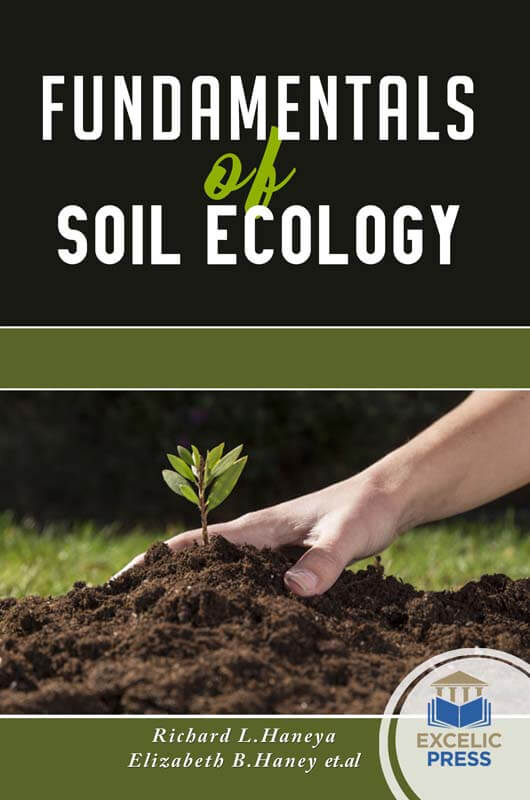Simply, the soil is a living ecosystem deserving of equivalent analyses as animal or plant habitats. Soil is one among the foremost numerous habitats on Earth and contains one among the foremost numerous assemblages of living organisms; but, the opacity of this world has severely limited our understanding of their functional contributions to soil processes and to ecosystem resilience. Traditional taxonomy, supported morphological and anatomical aspects, is turning into replaced by fast process molecular techniques. From an agricultural standpoint, we have long focused solely on the soil physical and chemical properties that relate to plant production, neglecting the inherent biological components of soil that contribute to its overall health. The ecological interactions that occur in and with soil are of consequence in several ecosystems on the earth. These interactions offer various essential scheme services, and also the property management of soils has attracted increasing scientific and public attention. Though soil ecology emerged as a field of analysis several decades past, and that we have gained necessary insights into the functioning of soils, there still are basic aspects that need to be better understood ensuring that the ecosystem services that soil provide are not lost and that soils can be used in a sustainable way.
The book provides cutting-edge information for its many applied and fundamental aspects of the soil ecosystem. Soil health has traditionally been judged in terms of production; however, it recently has gained a wider focus with a global audience, as soil condition is becoming an environmental quality, human health, and political issue. A crucial initial step in evaluating soil health is correctly assessing the condition of the soil. Presently most laboratory soil analyses treat soils as non-living, non-integrated systems. Plant obtainable nutrients have historically been calculable with strategies that utilize harsh chemical extractants in testing soil for inorganic N, P, K, and micronutrients.
Complementary strategies, together with soil texture, pH, and total soil organic matter, conjointly don’t judge biological soil aspects In this book, we introduce and describe the theory behind the Soil Health Tools. In this perspective book, we highlight some of the major knowledge gaps that should be prioritized in soil ecological research. The book also investigated the spatial structure, specifically distance-decay of similarity, of soil bacterial and fungal communities in two long-established orchards with contrasting agronomic characteristics. Ecologists have long sought to understand the factors underlying the distribution and abundance of species. This is particularly true for the microorganisms in the soil where differences in soil chemistry give rise to large differences in the composition of soil microbial communities. A better physiological, and metabolic understanding of once various communities of soil organisms access nutrients, alter their atmosphere and successively, have an effect on soil processes, will allow.
This book also reviews the applicability of the available approaches, highlight future research challenges and propose a dynamic conceptual framework that could improve our ability to solve this functional puzzle. It also presents an understanding of how human activities impact upon soil ecology in a section on ecosystem management and its effects on soil biota. This book is intended to meet the increasing challenge faced by today’s ecologists, environmental scientists, agriculturalists, and biotechnologists for an integrated approach to soil ecology.














Reviews
There are no reviews yet.